3/2006
Full Tilt On The WCML
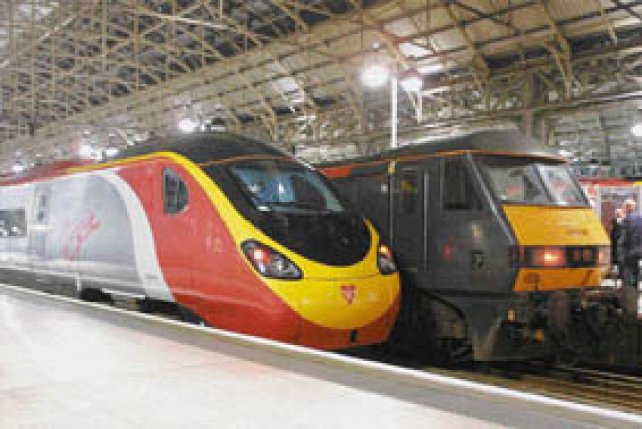
In the four years since Virgin West Coast's fleet of Class 390 tilting trains entered service, patronage has steadily increased, and train performance and reliability have improved. All this has been achieved in spite of the on-going upgrade programme for the main line which links London with Birmingham, the northwest and Scotland. Here is the full success story of Britain's first Pendolini.
390014 stands alongside an unidentified Class 90 at Manchester Piccadilly.
Photo: Virgin Trains
ED74 - Poland
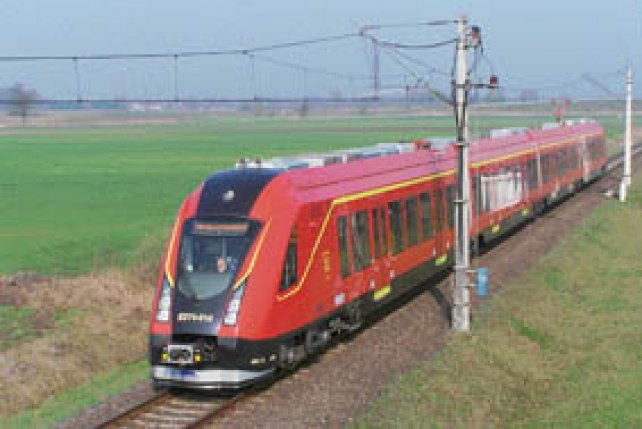
In response to a request by Łódźkie provincial authority for a modern EMU for local services between Łódź and Skierniewice, and also in connection with PKP Przewozy Regionalne’s (PKP PR, ie. Regional Transport business sector) recent order for eleven 160 km/h EMUs for the Warszawa to Łódź service, PESA of Bydgoszcz built a prototype type 16WE train (PKP Class ED74), which took to the rails in spring 2006.
ED74-01 at the Zmigród test circuit on 21 April 2006.
Photo: Ryszard Rusak
Fourth-generation GTWs for Arriva
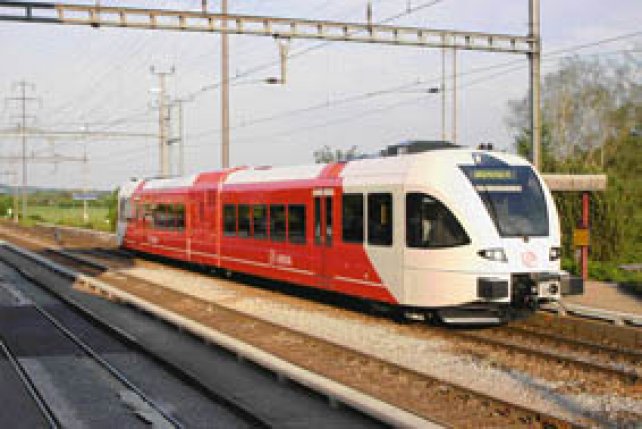
On 13 May 2005 Arriva Nederland ordered from Stadler a batch of 43 DMUs for use on secondary routes in Friesland and Groningen, and also on international services operating into Niedersachsen. This prompted the Swiss train-builder to develop the fourth generation of its highly successful GTW (Gelenktriebwagen) model.
The presentation ceremony for the very first fourth-generation Stadler GTW DMU, 10228, took place at Bussnang on 8 June 2006, and the unit made a special run afterwards. Here it is at Müllheim-Wigoltingen.
Photo: Petr Kadeřávek
Cities Today - Defined By Their Transportation Systems
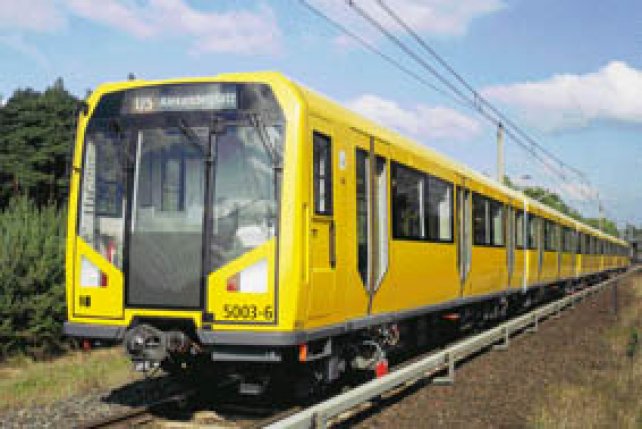
Today, cities are growing and expanding, populations are increasing, and the need for improved, safer, and modern mass transit is an absolute must. As populations extend to suburban areas to live and continue commuting to inner downtown areas to work, this need for efficient transportation has become top priorities for Government authorities. But just providing the vehicles to provide transportation, is not enough. As cities vie against one another (especially when competing for the chances to host events such as the Olympics, World Soccer matches, and any other major events that attract foreign investments), mass transit suddenly becomes one of the distinguishing economic factors when decisions are being made.
One of the new HK series trains for Berlin U-Bahn on the test track at Hennigsdorf.
Photo: Bombardier Transportation
Greenbrier Europe Thriving
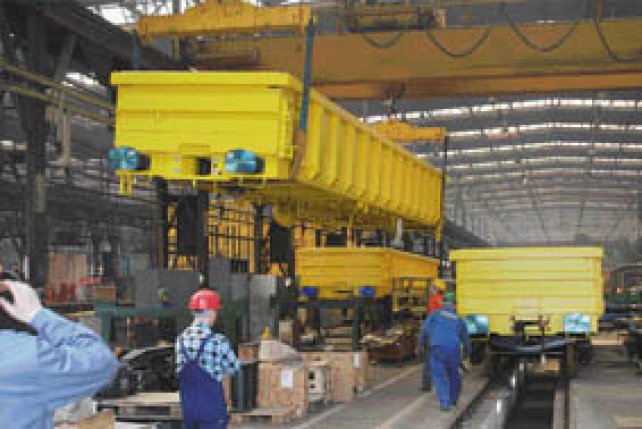
It was not very long ago that we offered readers an insight into the activities at Greenbrier Europe’s wagon works at Swidnica (see R 5/05, pp. 64 - 67). We paid a return visit in April 2006, to find that the company’s order books were filling rapidly, and the range of products leaving the factory was steadily increasing.
Here we see the assembly bay for a batch of 140 MLA box wagons, destined for a customer in the UK, who will use them for the transport of construction materials and spoil during infrastructure projects.
Photo: Petr Kadeřávek
SKODA AUTO On Rails
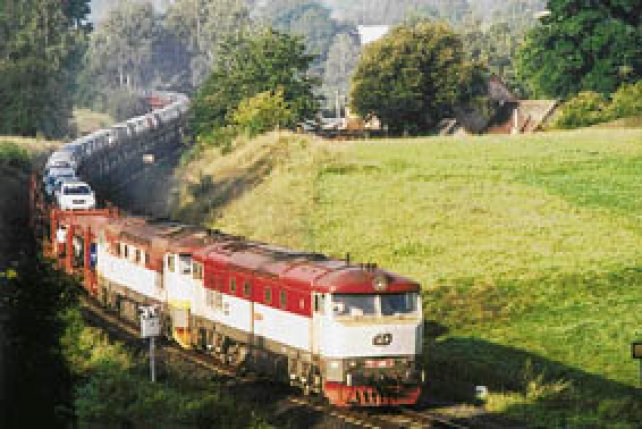
In 1905 the very first car left the Laurin & Klement factory in Mlada Boleslav. This was not only the factory's first vehicle, but also the very first to be built within what is today the Czech Republic. And since then production has continued uninterrupted, though today the manufacturer is known as SKODA AUTO. The automotive industry is also a major user of rail freight services, so the centenary last year of the works at Mlada Boleslav provides us with a convenient opportunity to examine just how this factory and its subsidiaries rely on the railway to meet their needs.
In the right-hand photo we see train Nex 47204 from Mlada Boleslav mesto to Swarzedz near Oldrichov v Hajich on 25 August 2005, hauled by couple of CD's 751s. Note that the upper decks on the first and last transporters are vacant. The purchaser specifically requested this to avoid the new cars from being sprayed with dirt from the locomotive exhausts.
Photo: Lukáš Soukup
Ingolstadt - Nürnberg High Speed Line
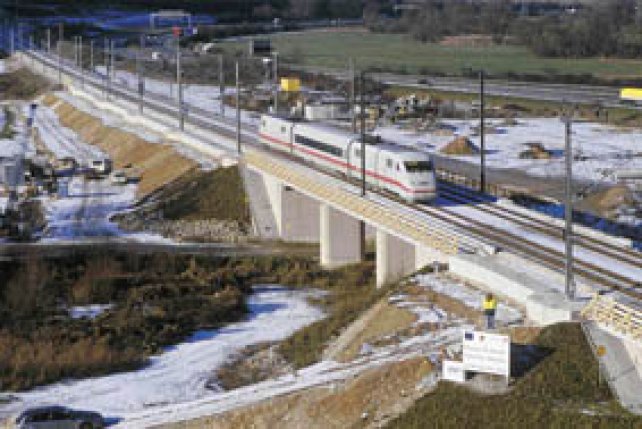
This latest addition to Germany's Neubaustrecken was inaugurated on 28 May 2006. Following five months of tests using ICE-S since 1 December 2005, permission for 300 km/h running was granted and a presentation trip using an ICE3 took place for DB management, politicians and the media on 13 May.
The ICE-S test train on one of its trial runs in late 2005, about to dive into Schellenberg tunnel on the Ingolstadt - Nürnberg line.
Photo: DB
And much more!
Cover of 3/2006
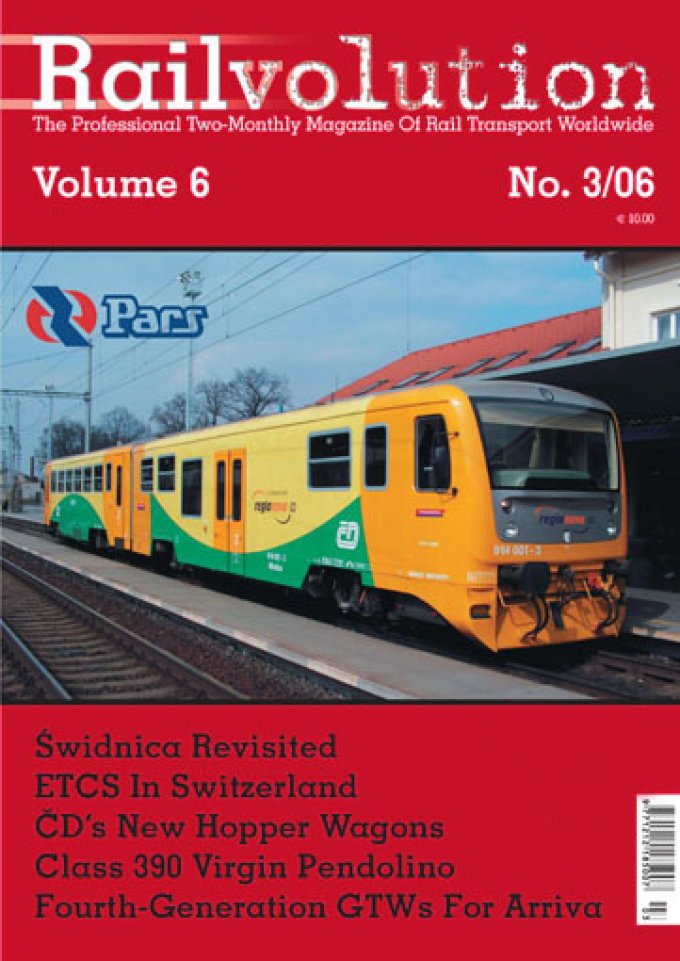
Poster
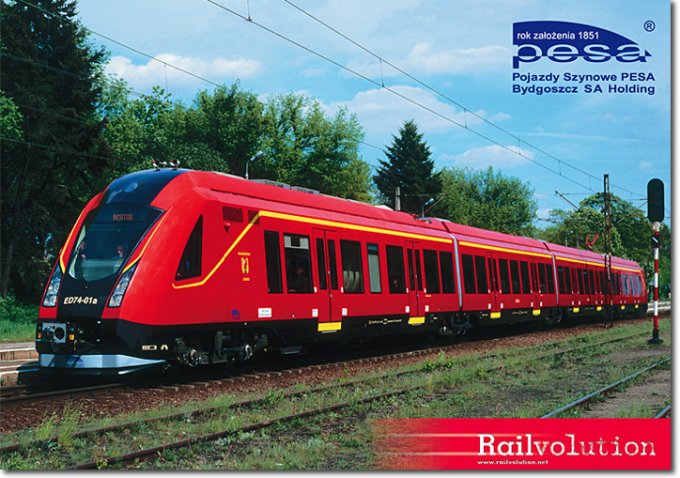
Features: the PESA ED74-01 at Bydgoszcz Wschodnia during the presentation run from Bydgoszcz Glowna.
